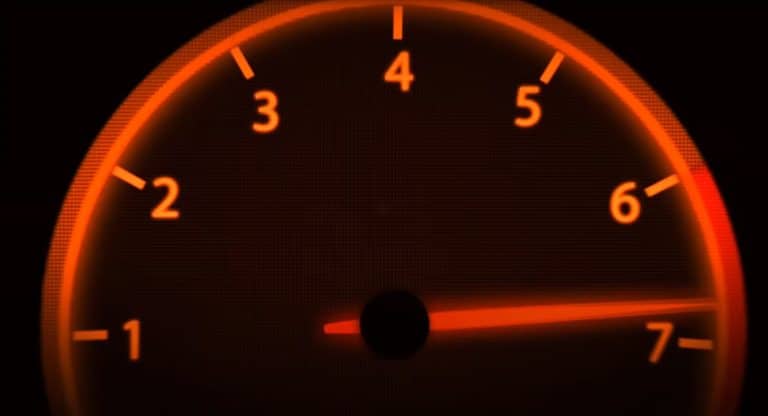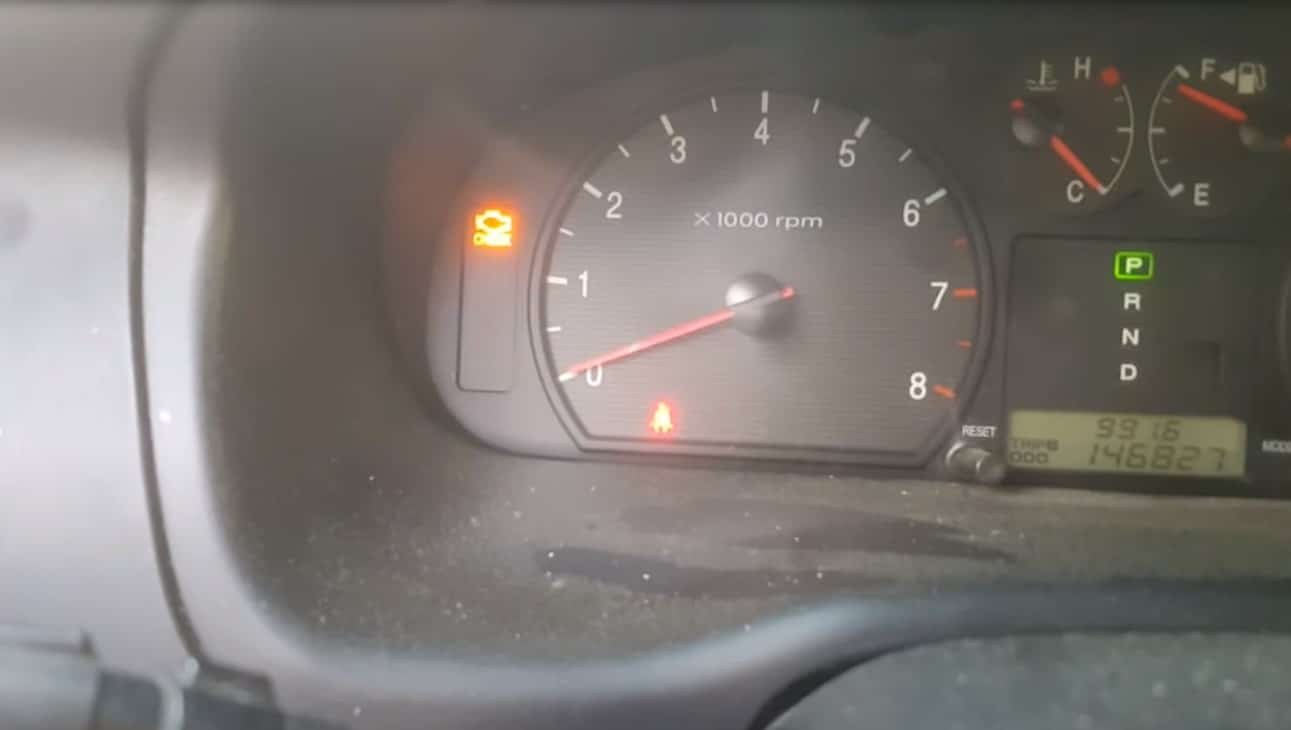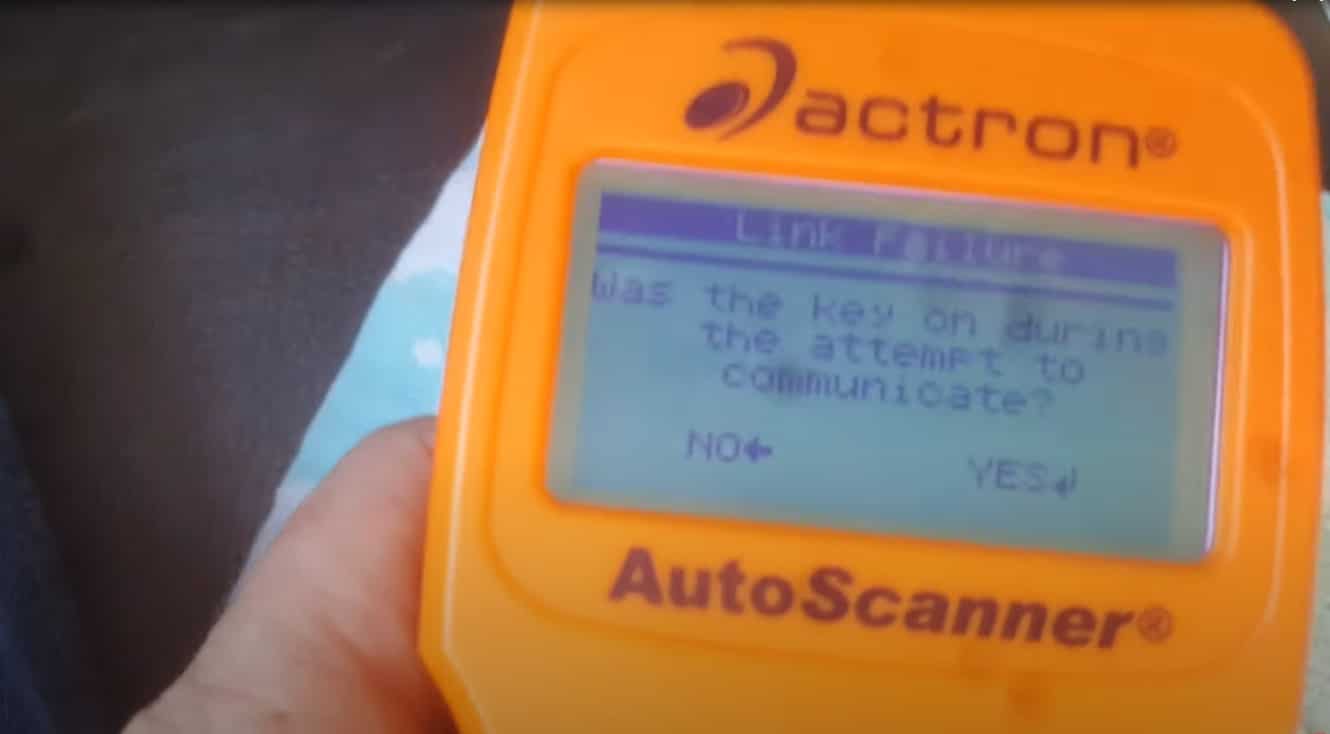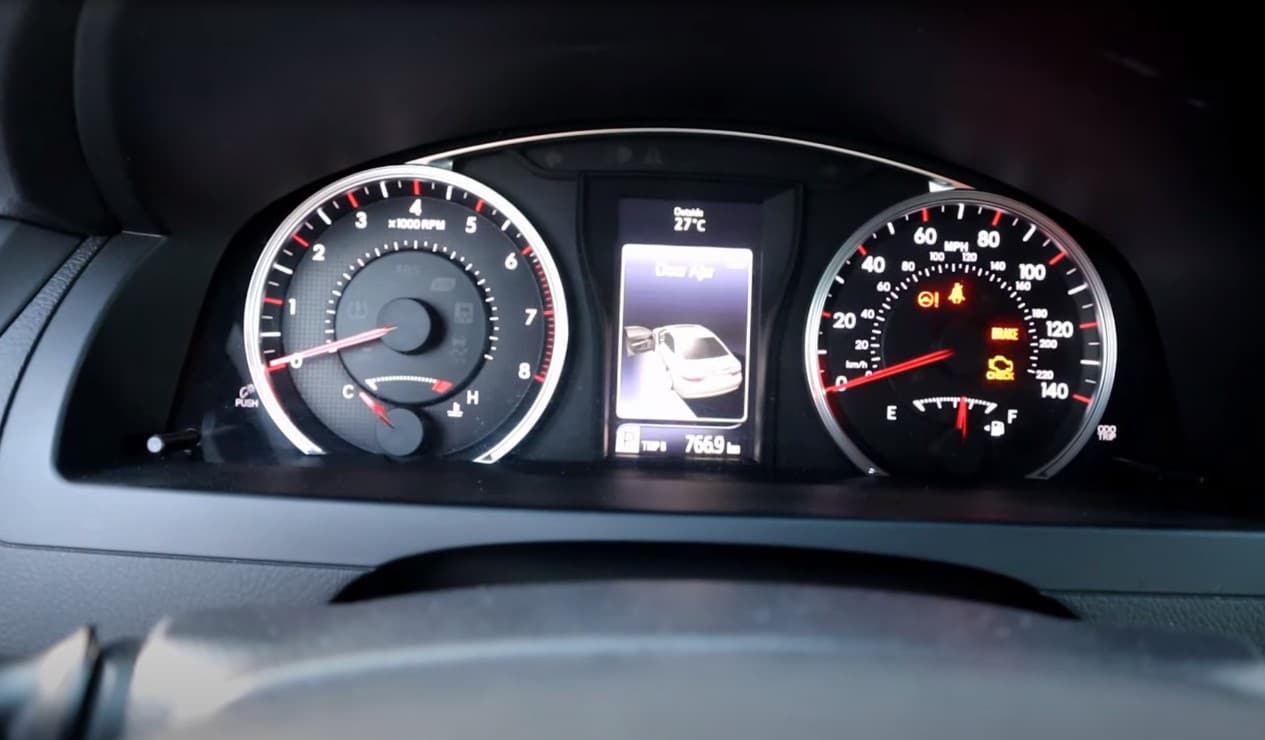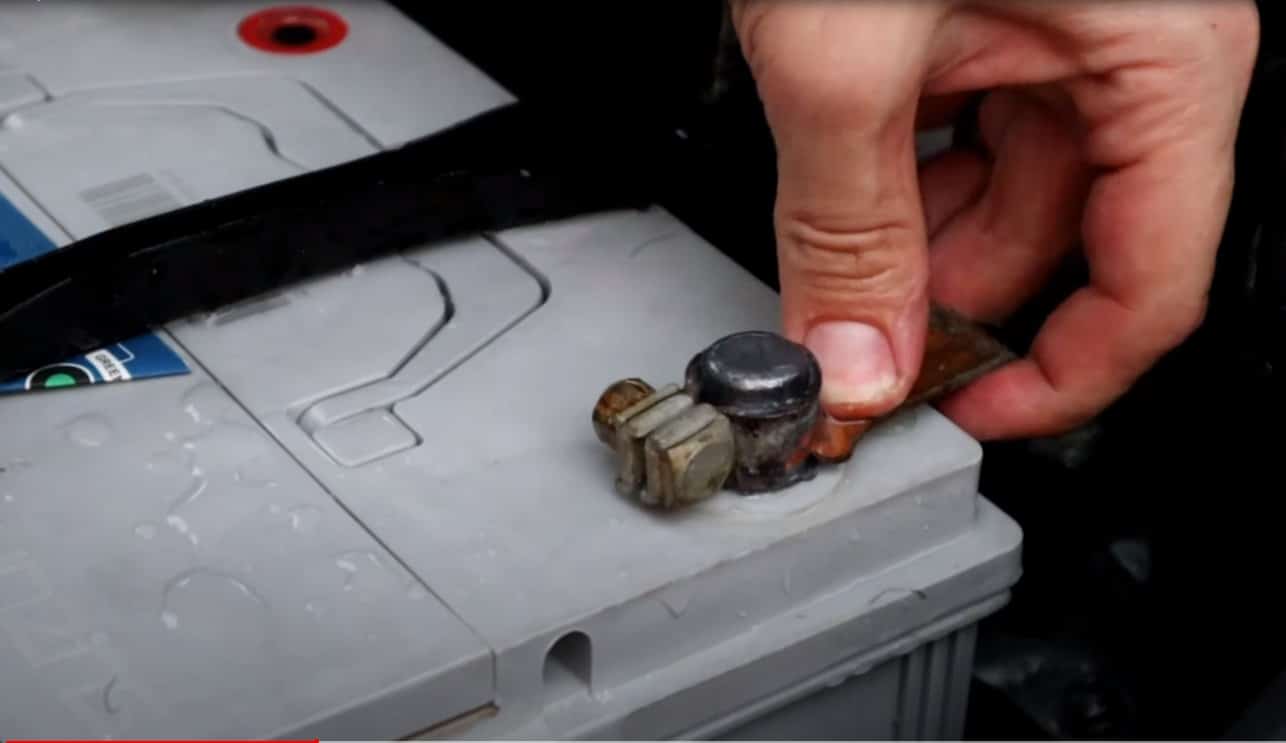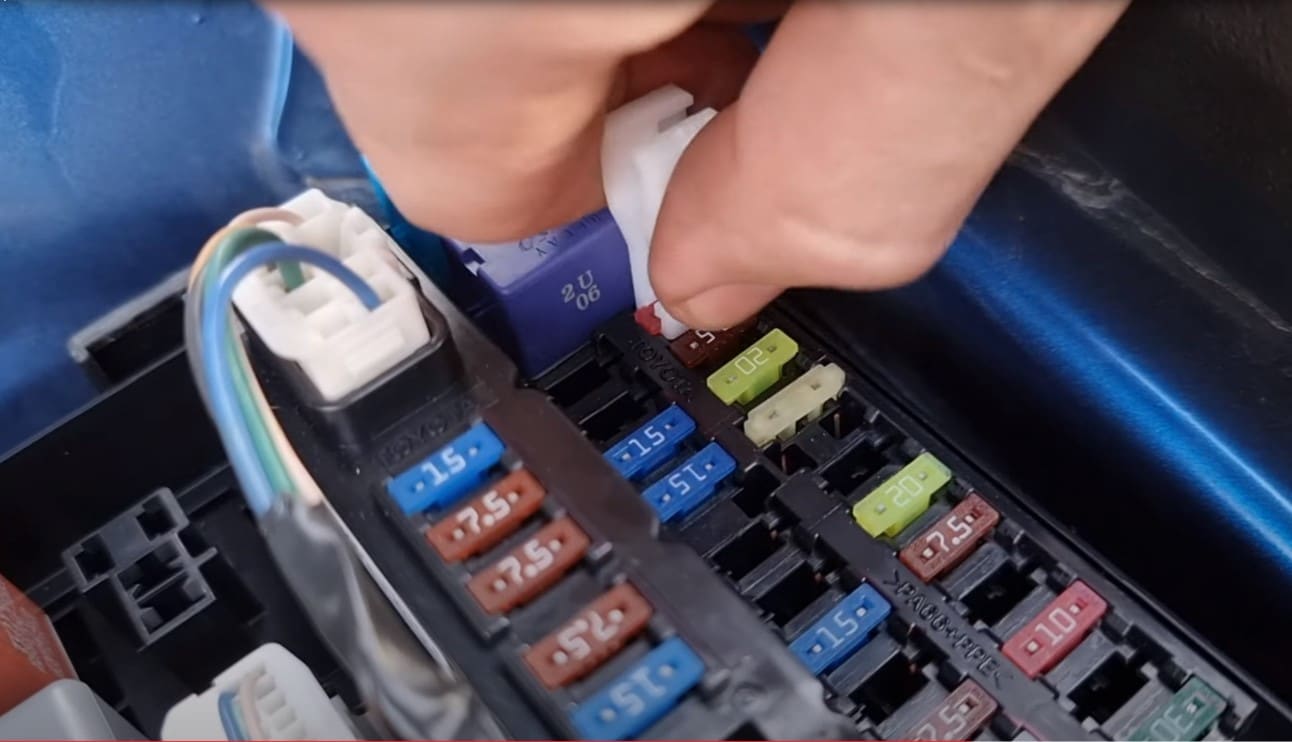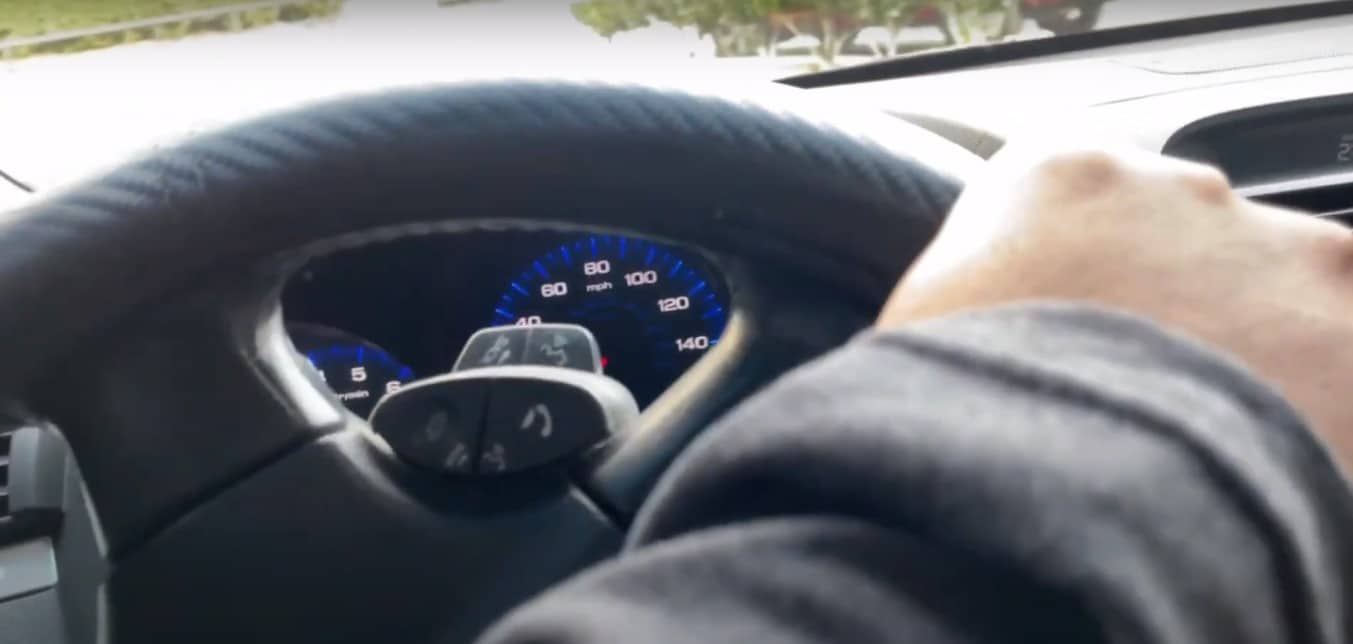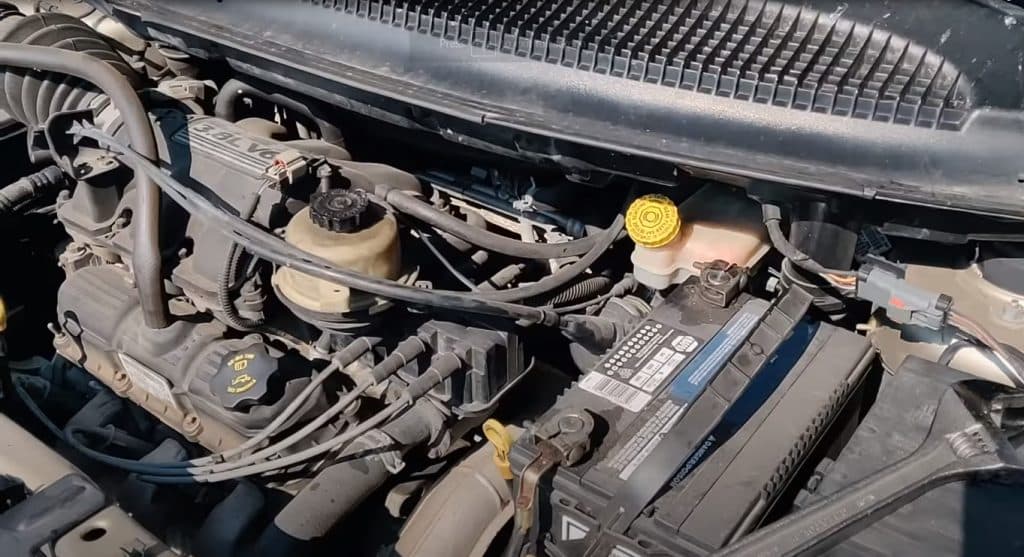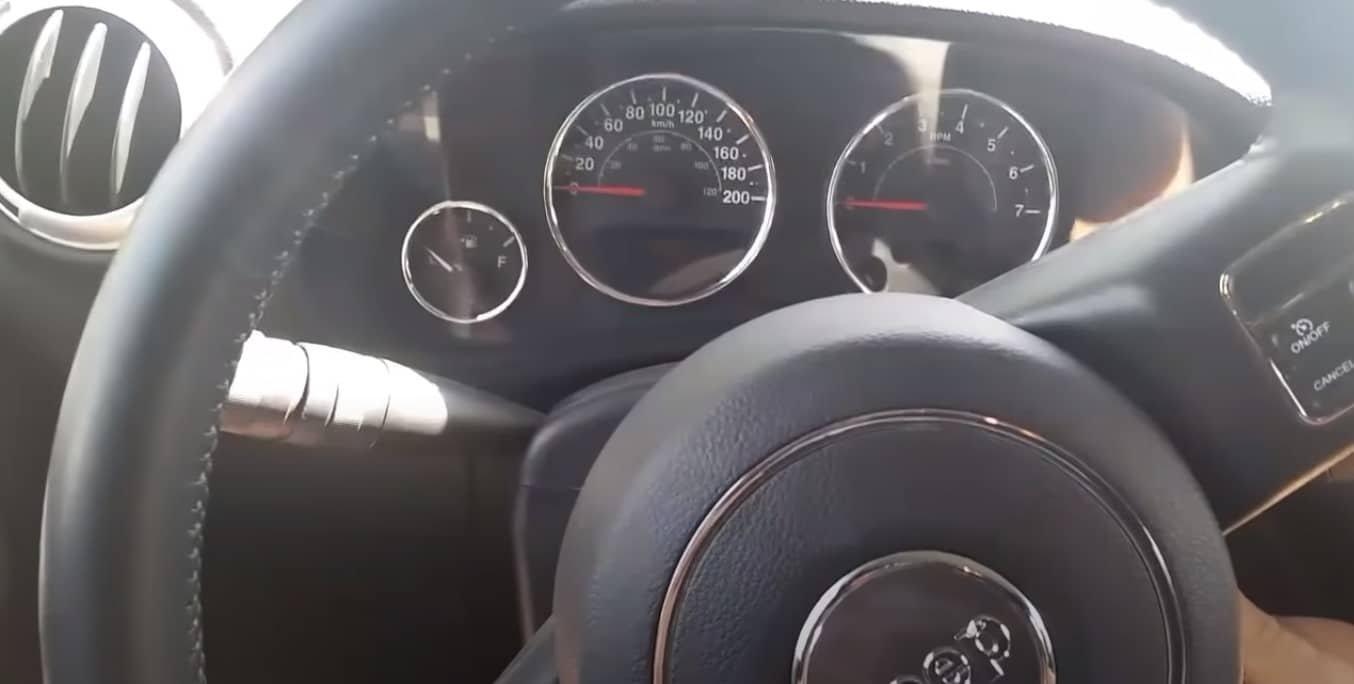“How to reset check engine light without scanner“ is a crucial skill for car enthusiasts. When the dashboard’s CEL (check engine light) activates, it communicates with your vehicle’s engine control unit (ECU). While devices, like the OBD2 scanner offers advanced diagnostics, traditional manual methods, hold their ground. I’ve personally experienced the advantage these techniques provide during unexpected vehicle dilemmas.
Leveraging onboard diagnostic (OBD) data, paired with the malfunction indicator lamp’s signals, is foundational in today’s car diagnostics. Given the variety of car models, it’s imperative to understand diverse techniques, ranging from the ignition key approach to gas pedal methods. This foundational knowledge bridges the gap between minor hiccups and more serious issues.
Central to this is the electronic control unit (ECU), or its alternative, the ECM. Acting as the vehicle’s brain, they’re always monitoring and signaling. Manually resetting these codes can be a game-changer, especially when you’re in a bind. In this article, Richs Auto Body Shop will equip you with these invaluable tools, ensuring you’re always in the driver’s seat, figuratively and literally.
Understanding the Check Engine Light
From my experience, the realm of vehicles has always been a mix of fascination and challenge. At the heart of many automotive queries lies the check engine light. More than just a light, it’s an emblem of your vehicle’s health. But, how can one interpret its message, and more critically, how to reset the check engine light without a scanner?
The Purpose of the Light
The check engine light, often illuminating in orange, yellow, or amber, is no mere ornament. It’s your car’s heartbeat monitor. When your car’s internal computer detects an irregularity, especially within the engine or transmission, this light blinks into action. A manifestation of the car’s onboard diagnostics system (OBD II), it’s an alarm that a malfunction is afoot.
What Does a Check-Engine Light Mean?
I feel a deep sense of commitment to demystifying automotive elements for fellow drivers. So, when that orange-colored icon in the shape of an engine illuminates your dashboard, know it’s not there for decoration. It’s your vehicle’s way of vocalizing its health status, essentially saying, “Hey, something’s not right!” This light is a silent yet urgent whisper, conveying that the car’s internal system has noticed an issue demanding your attention.
Common Triggers for the Light
Experience has shown that various factors can prompt this light. Some might be trivial, others are more serious. Knowledge of these triggers can be a lifesaver:
- Emission System Malfunctions: Tied to environmental health.
- Loose Gas Cap: A minor issue causing fuel inefficiencies.
- Faulty Spark Plugs: Affecting engine performance.
- Engine Overheating: A critical alert for potential damage.
For clearer understanding:
| Trigger | Impact |
|---|---|
| Emission System | Environmental concerns |
| Loose Gas Cap | Fuel wastage |
| Faulty Spark Plugs | Diminished engine efficiency |
| Overheating Engine | Risk of irreversible damage |
Armed with this knowledge, you’re poised to address your vehicle’s issues proactively, marrying safety with performance. Remember, understanding our vehicles means understanding an integral part of our daily lives.
Risks and Precautions
Drawing from a reservoir of automotive understanding, I intuitively feel the urgency and significance of the check engine light. This seemingly simple light, often illuminated in hues of orange, yellow, or amber, plays a paramount role in preserving both the vehicle’s health and the safety of its occupants. But, what are the underlying risks and precautions tied to this little indicator? Let’s delve deep.
Addressing the Root Issue
When your dashboard flashes the check engine light, it’s the vehicle’s onboard diagnostic system, the OBD II, signaling a potential malfunction. One of the rudimentary culprits is a loose cap. However, if addressing such simple issues doesn’t put the light to rest, the vehicle might be hinting at a more severe underlying problem.
Addressing this root cause becomes not only a matter of preventing escalating repair costs but also ensuring that the vehicle doesn’t pose a risk on the road. Persistent negligence could lead to complex damages, turning minor glitches into significant mechanical failures.
Safety Comes First
The implications of disregarding the check engine light stretch beyond just financial concerns. Indeed, safety risks loom large. Imagine cruising on a highway and a significant engine malfunction occurs; it’s not just the engine’s health at stake but potentially lives.
Feed your curiosity: How to reset the check engine light without disconnecting the battery
When the light is consistently orange or yellow, and there’s no immediate discernible difference in the vehicle’s behavior, one might be tempted to continue driving. However, this is a siren’s call, one that could lead to catastrophic consequences. Prioritizing safety means halting, diagnosing, and addressing the issue, even if the inconvenience seems substantial.
Model-Specific Risks and Precautions
Cars, much like humans, have their idiosyncrasies. Different models, each with its unique design and mechanical nuances, might have specific issues that trigger the check engine light. Understanding these model-specific risks and aligning them with appropriate precautions is crucial. Whether it’s perusing through the owner’s manual, engaging in discussions on dedicated online forums, or consulting with mechanics who specialize in your vehicle type, staying informed is the key.
Why You Might Need to Reset a Check Engine Light?
Post addressing the mechanical or electronic glitch, there’s often a lingering question: how to reset the check engine light without a scanner? If the light continues to haunt the dashboard even after seemingly addressing the issue, it could suggest either a misdiagnosis or another lurking problem. Interestingly, many vehicles are designed to reset this light automatically after 10 to 20 cycles, a cycle being the span where you turn the vehicle on and then off.
Table: Detailed Overview of Common Issues & Solutions
| Issue | Solution |
|---|---|
| Loose or damaged Gas Cap | Tighten or replace. Check the seal for damages. |
| Malfunctioning Oxygen Sensor | Needs replacement or cleaning. |
| Faulty Spark Plug | Replace or adjust the spark plug. |
| Compromised ECU (Engine Control Unit) | Consultation with a mechanic is essential and might require a reset or replacement. |
To encapsulate, the check engine light is more than just a beacon on your dashboard. It’s a critical early warning system, an advocate for safety, and a guardian against potential high-cost repairs in the future.
Methods to Reset Check Engine Light
Throughout the complexities of automobile intricacies, the check engine light stands as a beacon signaling when something might be amiss within a vehicle’s system. It can be alarming to see it illuminated on your dashboard, but there are methods available, both with and without tools, to reset this warning light. Based on the wisdom gained from my journey, I have a perception that understanding these methods and their nuances is crucial for every car owner.
How to Reset a Check Engine Light With a Scanner
Using a scanner to reset the check engine light is a straightforward and precise method. It not only helps in resetting the light but also provides insights into the underlying issues causing the light to illuminate in the first place.
- Scanner Selection: Begin by choosing a compatible OBD-II scanner for your vehicle. There are various types on the market, ranging from basic code readers to advanced diagnostic tools.
- Connect to the Vehicle: Locate your car’s OBD-II port, typically found beneath the dashboard near the driver’s seat. Connect the scanner to this port.
- Read the Codes: Turn on your vehicle’s ignition, then power up the scanner. Follow the on-screen instructions to “read” or “scan” the error codes. These codes provide valuable information about the specific issues triggering the check engine light.
- Reset the Light: Once you’ve noted down or addressed the issues, select the “clear” or “reset” option on the scanner. This action will erase the error codes and turn off the check engine light.
- Verify the Reset: Start your vehicle to ensure the check engine light remains off. If it re-illuminates, there might still be unresolved issues.
For those who want a quick comparison of the steps and their descriptions, here’s a table:
| Step | Description |
|---|---|
| Scanner Selection | Choose a compatible OBD-II scanner for your vehicle. |
| Connect to Vehicle | Find and connect to the OBD-II port, usually below the dashboard. |
| Read the Codes | Turn on the ignition, then scan for error codes using the scanner. |
| Reset the Light | Clear the error codes to turn off the check engine light. |
| Verify the Reset | Ensure the check engine light doesn’t come back on after starting the vehicle. |
Always remember, while resetting the check engine light provides a temporary fix, it’s crucial to address the root causes indicated by the error codes to ensure your vehicle is safe and in optimal running condition.
How to Reset a Check Engine Light Without a Scanner
Navigating the world of car diagnostics can seem daunting, especially without a scanner. However, there are a few established techniques, each with its advantages, to help car owners tackle this issue head-on:
Disconnecting the Battery
By disconnecting the negative battery cable, you’re effectively cutting the power to the vehicle’s diagnostic system. After waiting a few minutes, this acts as a reset. When you reconnect, if the underlying issue was addressed or wasn’t serious, the check engine light might remain off. It’s essential, however, to ensure that you have the car’s radio and other electronic codes on hand, as this method might reset them.
The Ignition Key Technique
A relatively straightforward method involves cycling the ignition. By starting the engine and turning it off three consecutive times, allowing a few seconds of operation each time, you might reset the light. This approach works best when the triggering issue isn’t severe or has been momentarily resolved.
The Waiting Game
Patience can be an unexpected tool. In some instances, if the issue that illuminated the check engine light was minor or temporary, after several driving cycles, the light can reset itself. This requires no manual intervention but understanding that sometimes the system self-corrects.
Gas Cap Inspection
Surprisingly, a loose gas cap can sometimes be the culprit behind the glowing engine light. Ensure the cap is tightened securely. If it was the reason, after several driving cycles, the system should recognize the solution and turn off the light, offering a simple fix to a potentially concerning signal.
Widen your view: Methods to Disable the Check Engine Indicator
Model-Specific Resets
Some cars come with their own sets of unique quirks. A few vehicle models have tailored reset procedures distinct to their make and model. It’s always recommended to consult the vehicle’s manual or reach out to the manufacturer for these specific guidelines, ensuring accurate and safe resetting.
Arming oneself with the knowledge on how to reset the check engine light without a scanner can bring a sense of empowerment and assurance. However, always bear in mind that this light serves as a warning. It’s paramount to understand and address the root cause and not just dismiss the warning sign.
After the Reset: Monitoring and Precautions for the Check Engine Light
From my experience, expertise, and the wisdom gained from countless interactions with cars and their nuances, I feel a deep understanding of the importance of vigilance once the check engine light is reset. Addressing this light isn’t just about knowing how to reset the check engine light without the scanner, but it’s also about the measures taken afterward to ensure the car’s optimal performance.
Keeping an Eye Out
Once the light is reset, this isn’t your cue to forget. Regular monitoring of the dashboard, especially during the initial drives post-reset, is vital. If the engine light returns or any other dashboard warning lights flash, it’s essential to recognize them and understand potential implications.
When to Consult a Pro?
While some issues can be diagnosed and fixed without professional help, it’s imperative to know when to call in the experts. If the check engine light reappears soon after a reset or if there are unusual noises, it might be time to consult a mechanic. They have the tools and knowledge to deep dive into complex vehicle issues.
The Case for OBD-II Scanners
OBD-II scanners are not just tools; they’re assets for every car owner. They provide a diagnostic code that explains why the check engine light is on. While one might not always need a scanner to reset the light, understanding the root cause can sometimes prevent major damages and expenses in the future.
If the Engine Check Light Returns
The reappearance of the check engine light can signify various things. It might mean the initial issue wasn’t addressed correctly, or a new problem has emerged. Instead of repeatedly trying to reset it, it’s advisable to get a proper diagnosis.
Table: Indications from the Check Engine Light
| Light Behavior | Potential Implication |
|---|---|
| Steady illumination | Minor issue but needs attention |
| Blinking or flashing | Serious issue – consult a mechanic immediately |
| Reappearance post-reset | Possible unresolved or new issue |
In essence, the check engine light serves as a messenger of your vehicle’s health. Post-reset, understanding its messages, and acting accordingly is the best strategy for the car’s longevity and safety.
FAQs about “How to Reset Check Engine Light Without Scanner?”
Can you reset the check engine light without disconnecting the battery?
From my experience and expertise, I feel that you can indeed reset the check engine light without the hassle of disconnecting the battery. One straightforward method is to turn the car ignition on and off three times. Additionally, by pulling off the engine control fuse and then replacing it, you can achieve a reset. Another approach involves just turning your car on and off multiple times.
How long does it take for the check engine light to reset?
The check engine light’s behavior can vary between vehicles. Typically, the reset can occur automatically after around 10 to 20 cycles. A cycle is when you turn the car on and then turn it off again. For some vehicles, driving between 50 to 100 miles is necessary for the system to reset.
Will the check engine light go off by itself?
From my expertise, I feel that the check engine light does possess an inherent intelligence. If the condition that triggered the check engine light is resolved, the light will indeed shut itself off. However, the cause needs to be addressed for this to happen.
How long does it take for the Check Engine Light to come back on after a reset?
Once the check engine light has been reset, it generally takes about 60–70 miles for all the readiness counters to reset. If there’s still a persisting issue, the light might come on within this range.
Can Clearing The Check Engine Light Make Your Car Fail Smog Testing?
Certainly, from my experience and expertise, I’ve noticed that clearing the check engine light can potentially lead your car to fail a smog test. While the car might seem okay, smog checks look for deeper issues that a recently cleared check engine light could mask.
What Causes The Check Engine Light to Turn On?
The check engine light can illuminate for a variety of reasons. It might be something as minor as a loose gas cap or as major as a faulty catalytic converter. Issues like bad spark plug wires or a malfunctioning oxygen sensor are also common culprits.
How Far Should You Drive To Turn Off The Check Engine Light?
It’s generally recommended to drive between 50 to 100 miles after resetting the check engine light. This distance allows the car’s internal system to fully calibrate and ensure the issue has been resolved.
How much does it cost to get your check engine light checked?
On average, the cost of a check engine light diagnosis falls between $88 and $144. However, these costs can vary based on the mechanic and the specific issue at hand.
Is it OK to drive with the check engine light on?
From my experience, a steady check engine light doesn’t necessarily signal immediate danger. However, if the check engine light is blinking or the car exhibits noticeable issues, it might indicate a serious engine problem. It’s crucial to be cautious and prioritize safety, even if the car seems to drive fine with the light on.
Conclusion for “How to Reset Check Engine Light Without Scanner?”
“How to Reset Check Engine Light Without Scanner” is a pivotal skill for vehicle owners. From the vantage point of my own encounters, I believe that a deeper understanding of your vehicle’s diagnostic system is invaluable. It’s not just about resetting a warning light; it’s about comprehending what your car is trying to communicate. Addressing the root cause is paramount.
Ignoring or just resetting without understanding can lead to more extensive issues. While self-reliance in car maintenance is commendable, safety and the car’s longevity should always be the priority. Share this post with your friends, car enthusiasts, drivers, vehicle owners, and neighbors to ensure they too are equipped with this crucial knowledge.
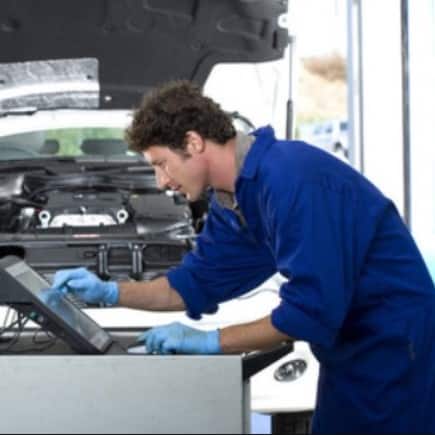
William Moore is an automotive specialist with two decades of experience, ready to give your car the care it needs. He understands all facets of auto maintenance and repair, from oil changes to brake jobs. Working with the latest tools and technologies, he provides complete service on all makes and models of cars. With his attention to detail and commitment to quality workmanship, you can expect excellent results.
